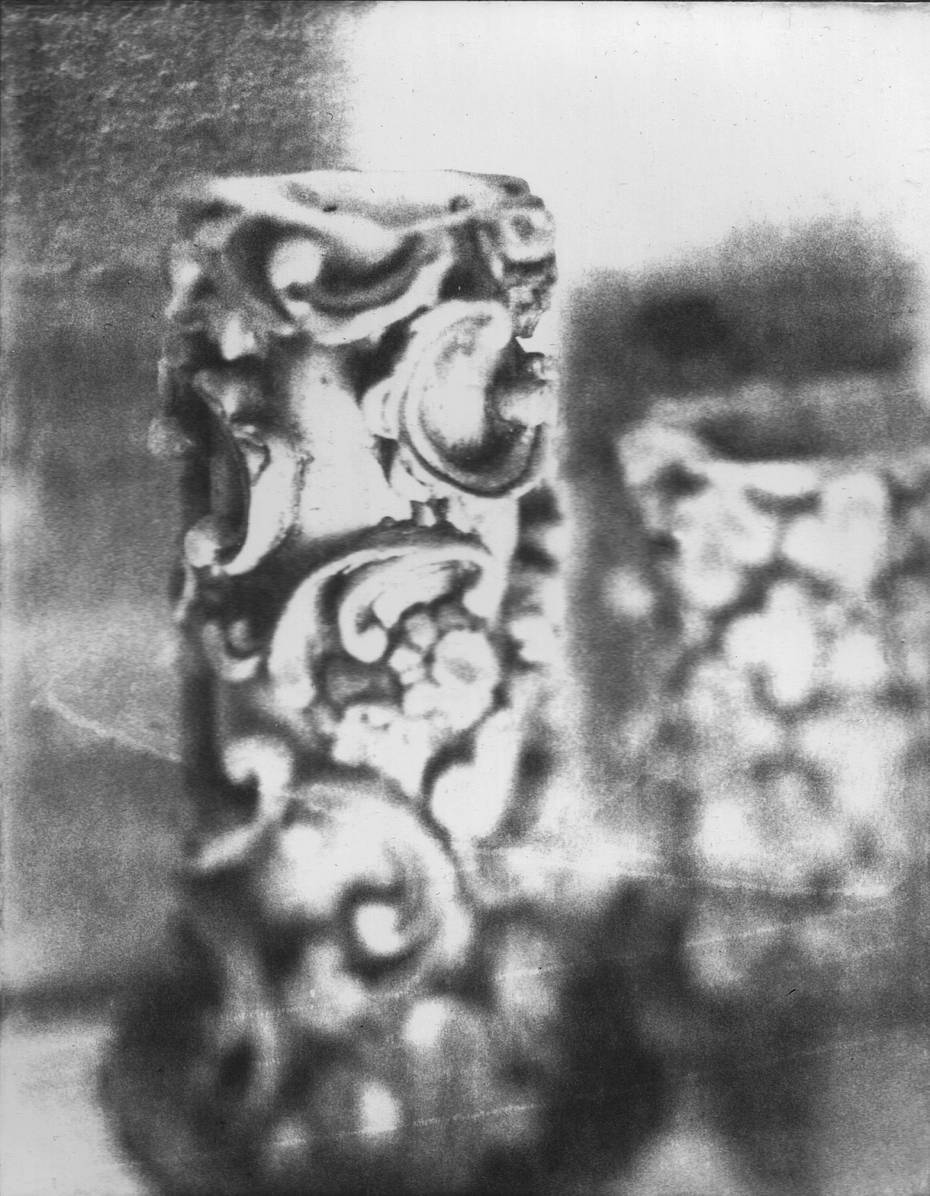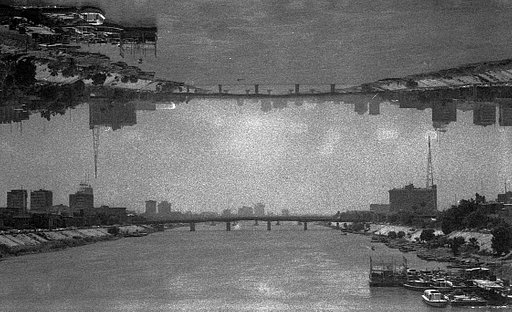Ferdinand Hieronymi and Large Format Photography: An Interview
1 8 Share TweetFerdinand moved to Wiesbaden to study and recently completed his master's degree in interior design. After giving up his musical hobby and his band, he searched for new creative thrills and came across analogue photography. Inspired by 'Stranger Things', he went on his first analogue adventures with a Pentax ME. Social media was what finally brought Ferdinand to large format photography and his first 4x5 camera, a Toyo View 45C.

Hello Ferdinand and welcome to Lomography Magazine! What do you like best about the experience of shooting with a large-format camera? How does it differ from 35mm or medium format photography and what are the challenges?
Looking through the screen is better than any television program or Netflix series put together. The tensioning of the shutter, the whole checklist you go through until you can finally take the picture with the cable release is just great.
You have to imagine that everything you have to do with a 35mm camera, you have to multiply at least 10 times for a 4x5 camera. The weight, the size, a planned photo takes 10 times as long, loading a film cassette, but the result is a negative 10 times as big and that is worth the effort.
Could you tell us a little bit about what you like about photographing with a large format camera?
I like to occupy myself with a place for a longer time. It can take an hour or so to create the right picture. It comes very close to painting. You look at the movements, the progressions, the lines of buildings that are aligned in one point. And at the end, you hold a large negative in your hand, tangible pictures that already come out of the developer tank. With which you can achieve useful results through contact printing.

Do you have a favorite motif?
After having seen some documentaries about FE5 tornadoes, which come out of the clouds like monsters to cause chaos and fear, I am very interested in cloud formations. Forces that float over us, against which we can't do anything, but look very beautiful with the different contrasts. Because of the partly fast changes of the cloud pictures they also present a new challenge every time.
In the end, many of my results are very spontaneous. I sometimes let a negative on which I can see that the exposure was completely wrong, drop on the cellar floor and step on it with my shoe. The imprint of the sole is well visible on the large negatives. Or if I notice that I forgot to close the lens before I pulled the dark slider and the negative is overexposed, I try to work on the emulsion with a fixer in the dark, I take a linocut, wet it with fixer and leave everything a little in the dark, then I develop the whole thing.
What advice would you give to photographers who want to try large format Photography for the first time?
The easiest and fastest way to get a large negative is with the Camera Obscura. That's how I started. A box of chocolates with a hole and a suitable piece of photo paper.
Last but not least, do you have any tips on large-format photography for our readers?
A large camera needs a large tripod. Get a smart one, it will make the whole thing much easier and you will have less to worry about.
Many thanks to Ferdinand for the wonderful photographs and his thoughts on large format photography. Have a look at his Instagram and be inspired!
written by alinaxeniatroniarsky on 2020-09-16 #news #people
























One Comment